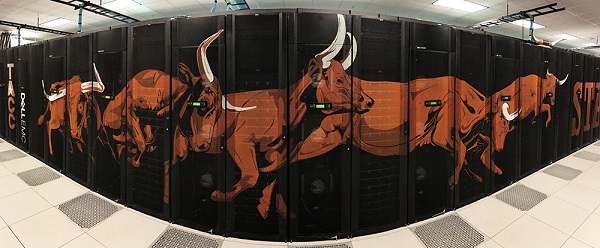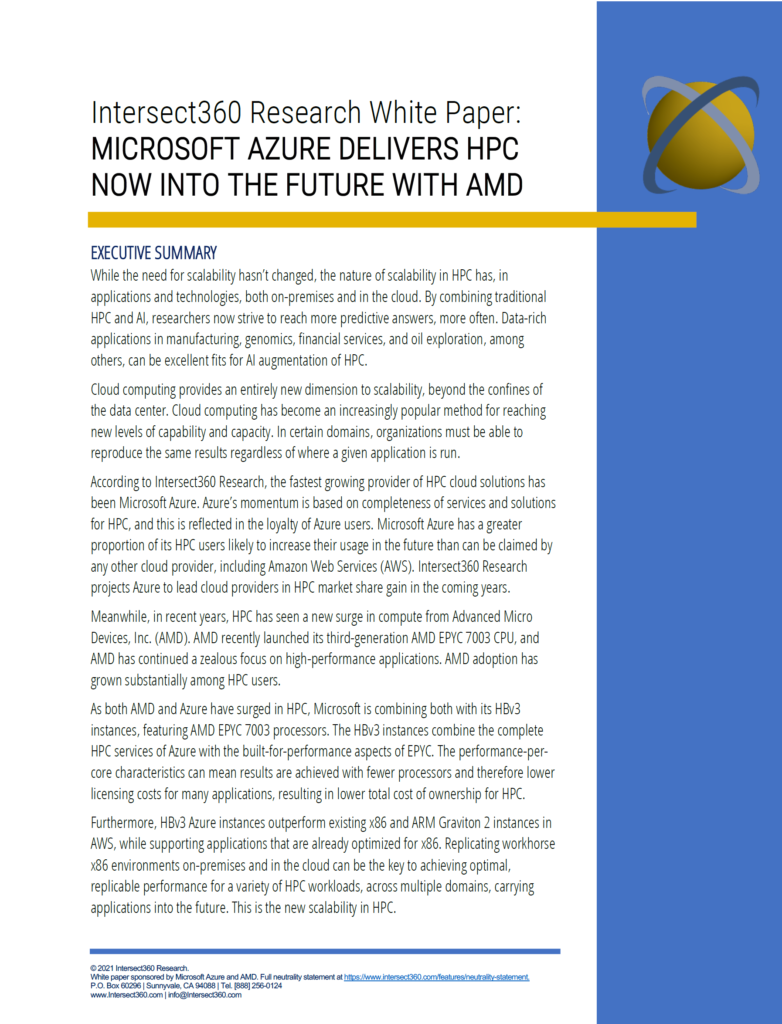
Stampede2 at TACC
The Texas Advanced Computing Center (TACC) has announced that the National Science Foundation (NSF) has extended operational funding for the Stampede2 supercomputer through June 2023. Prior to the extension, the life of the system was expected to end in September 2022.
As part of the extension, 448 of the oldest Intel Knights Landing Xeon Phi nodes will be replaced with 224 of the latest generation of Dell PowerEdge R650 two-socket servers utilizing the Intel Xeon Platinum 8380 “Ice Lake” processors. These latest servers will provide more than double the performance and almost triple the memory of the previous nodes to provide additional capability for the Stampede2 system.
The nodes will be available to all Stampede2 users in March 2022. In addition, the extended life of the system will provide an opportunity to explore new modes of computation in conjunction with the NSF Partnership to Advance Throughput Computing project, which offers improved ways for scientists and administrators to manage computing workloads and resources.
“Stampede2 is one of the top computing platforms in the world and has served as a workhorse for researchers across all scientific disciplines in the U.S. open science community,” said Tommy Minyard, director of TACC’s Advanced Computing Systems group.
The system entered full production in Fall 2017 as an 18 petaflop system that built on the successes of the original Stampede cluster it replaced. At the time, it was the most powerful and capable academic supercomputer in the world.
To date, Stampede2 has run nearly 9 million jobs with a utilization rate of more than 96 percent and an uptime rate of more than 98 percent.
Despite Stampede2’s advancing age, it remains the most widely used of the National Science Foundation (NSF)-funded Extreme Science and Engineering Discovery Environment (XSEDE), a single virtual system that scientists use to interactively share computing resources, data, and expertise.
“TACC is pleased to continue offering Stampede2 through XSEDE to the users and research projects currently benefitting from this powerful resource,” Minyard said. “Stampede2 has been used by more than 3,300 principal investigators for more than 4,000 distinct research projects.”
The supercomputer has enabled many important research projects, including enabling scientists to design new DNA readers; explain what holds protons together; and understand how black holes impact star formation.
While supporting new science is the primary focus of Stampede2, TACC will continue contributing to the improvement of key open-source technologies that are used in many other HPC systems, such as MVAPICH MPI libraries, Omni-Path Architecture interconnect fabric, and the Lustre parallel file system.
Stampede2 is funded by the NSF through award ACI-1540931.
source: Faith Singer, TACC




